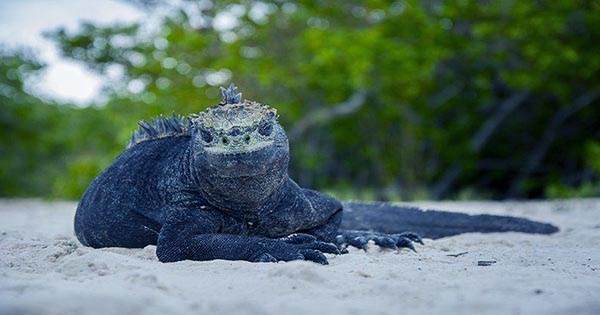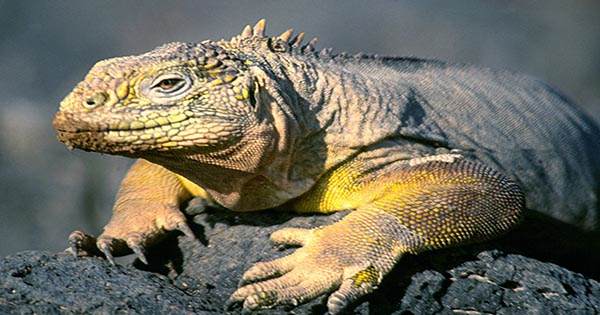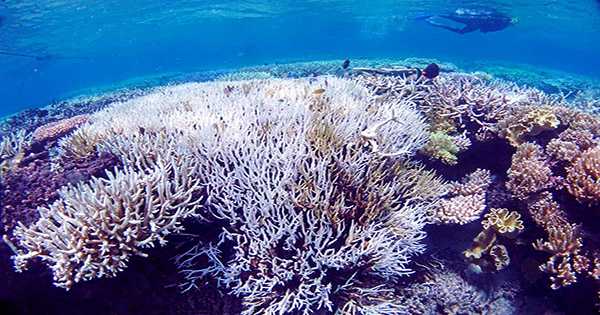According to a new survey, there are just 211 Galápagos pink iguanas left in the world. According to preliminary findings from the first-ever full census of the highly endangered pink land iguana, there are almost 100 fewer lizards than previously assumed.
Scientists and park rangers from the Galápagos Conservancy and the Galápagos National Park Directorate (GNPD) recently collaborated to count the rosy-hued lizards, which are only found in a 25 square kilometer (9.5 square miles) area on Isabela Island, the largest of the Galápagos. As a result of the findings, the species has been designated as severely endangered.
Pink iguanas (Conolophus Martha) were found in 1986 and recognized as a distinct species from the terrestrial iguanas of the Galápagos Islands in 2009. Experts estimated the population to be between 300 and 350 people before the census. “During the census, 53 iguanas were identified and [temporarily] detained, with 94 percent of them living at or above 1,500 meters [4,900 feet] above sea level,” according to a statement from the Galápagos National Parks (PNG). As a result, they were able to estimate the current population to be 211.

During the 10-day mission, no juveniles were discovered, which is concerning. According to the Galápagos Conservancy, the final juveniles were sighted in 2014. This could imply that they are preyed upon by introduced pests such as rodents and stray cats. The Galápagos National Park has developed a new conservation plan to secure the pink iguanas’ survival, which includes a permanent monitoring base on the summit of the Wolf volcano and a systematic control program for imported species, which will analyze the risk to non-targeted wildlife as well.
“Being restricted to a single site makes the species more vulnerable; it is classified as critically endangered by the International Union for Conservation of Nature (IUCN) and urgent action is needed to ensure its survival,” said Washington Tapia, Conservation Director of the Galápagos Conservancy. Near the peak, camera traps that are triggered by the movement have been installed. This will aid scientists in learning more about the habits of these uncommon organisms and their potential threats. This camera trap footage was taken just days after the expedition left, and it includes footage that could have been triggered by a mouse, which could be preying on the iguanas’ eggs and young.
The Galápagos Islands are known for having a diverse range of indigenous species. The archipelago, which is a UNESCO World Heritage Site, is made up of 19 islands around 1,000 kilometers (600 miles) off the coast of Ecuador, which means that many creatures have evolved independently from other species.
In fact, because it contains more endemic species than not, you’re literally tripping over uncommon species; the most notable of which are giant tortoises and Darwin’s finches. Although the Galápagos pink iguana is not as well-known as those, current conservation initiatives are hoped to make it another success story for the islands’ conservation.
















